Our profile this edition is my own, I realize some of you know about Alex, Steve, Holly and myself, but others don’t, so here is our story of how we came to set up the Support Group.
Two years ago my son Alex - then aged 3 - was diagnosed with Xeroderma Pigmentosum.
We have always known that there was a skin problem with Alex since he was less than two months old. At 7 weeks he received his first burn through the car window. At 7 months he burned in the shade and at 11 months he had his most serious burn on a holiday in Austria, when sun and snow played a major part. I took Alex to the doctor who gave sun milk to soothe the burns which had now blistered and were forming a huge scab on his forehead, cheeks, and chin. Alex is dark skinned and was wearing total sunblock when he was burned. Alex was referred to a dermatologist at this stage, who made us feel in no uncertain terms that we had been negligent and had to be more careful. It was sunburn and nothing else.
From this point, we took things into our own hands. We decided we would always put sunblock on any bright day. We also instituted the wearing of a hat. With these few precautions we managed to avoid any major burns. However, in April 1997 on a holiday to Tunisia, Alex’s face became redder and redder, and by day 5 Alex could hardly open his eyes. On our return to the UK, I took him to our GP who referred him to a specialist dermatologist.
When we saw Doctor Sheru George at Amersham Hospital, I took with me photos of Alex when he had been burnt. From the photos he said he was sure that Alex had some form of photosensitivity. Tests were carried out and by July we knew that Alex had an extreme sensitivity to UVA, and at that point it was decided to carry out a biopsy. The biopsy was carried out in November but it wasn’t until March 1998, that we were given the diagnosis.
At this point we decided to find out as much information as we could and to subject Alex to a strict regime, which we have continued ever since. This involves him being completely covered up, including wearing a face mask, every time he went outside during daylight hours. He also has to be covered in sunblock very two hours. A special film was fitted to all the windows in our home and cars to block out UV rays. For the summer months when it is impractical to put Alex in several layers of clothing we have had to purchase some special clothes from a supplier we found in America.
Alex is able to attend mainstream school. The school has been fitted with protective film on all the windows, lights have been checked for their emission of UV and a welfare assistant has been provided to apply Alex’s sun cream . A portable air-conditioner has been provided for when it becomes hot in the classroom as windows and doors can’t be opened. This is a problem not only for the pupils but also for the teachers! The air conditioning unit can be moved around the school with Alex and can be passed on to his next school when he moves to middle school.
We decided to set up the XP Support Group to provide support for UK families and to raise funds for research. We are keen to heighten awareness of the condition and to raise funds for research as well as supporting families with information, grants for equipment, and assist families to attend respite holidays in a protected environment. We are also keen to encompass sufferers with other UV and light sensitive conditions, such as Lupus, Cockayne Syndrome, Porphyrias.
We have been fortunate living in Buckinghamshire, we have a Social Services department and Education Authority who have helped us to achieve some normality in our lives. We have the support of our friends and local community, a local school recently raised funds to send Alex and our family to Camp Sundown This puts us in a very privileged position. We know that it is not the same for other families in the UK, which makes it more important for us to ensure through the group that families around the country get the good care and support that they are entitled to
In March 1999 we held the first meeting for XP families. From that it was agreed to set up two educational campaigns – the first, a poster campaign to hospitals and dermatology units informing them about the group, the poster would advise sufferers to contact us for an information pack, which would contain details of UV protective products and any information that we had available at that time.
The second campaign would be to Social Services and Local Authorities to inform them of what it meant to have these conditions, as we are finding that the service you get depends on where you live, we want all sufferers to receive the same level of care when it comes to such things as disability allowances, orange parking badges, etc. At the moment there is little or no consistency in the way authorities deal with applications, though this is not surprising given the rarity of the condition.
In February 1999, Alex and I were invited to attend the first Camp in Europe for XP sufferers. It was organised by a German charity called Mosaico Medico. The Camp was held in a beautiful castle in the Bavarian Alps, where activities were arranged for the evening, when our children went sledging and pony riding, played in the snow, and enjoyed other activities they could not normally do in daylight. Special events had been organised, areas were floodlit and cable cars took us up to mountain restaurants which had been specially opened, we went on sleigh rides on mountain gondolas and night-time walks with torches to light our way.
The XP Support Group hope that one day we will able to offer respite or a Camp for families in the UK to allow them to do activities that are not normally open to them. Realistically we know this is a few years off, but the fund-raising is underway!
 Started in 2002 the Owl Patrol UK Night time Camp has taken place annually in February at St Katharine’s, Parmoor.
Started in 2002 the Owl Patrol UK Night time Camp has taken place annually in February at St Katharine’s, Parmoor.



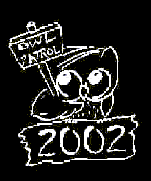

 Contact Us
Contact Us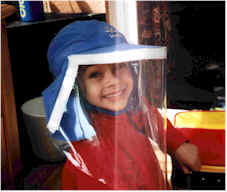
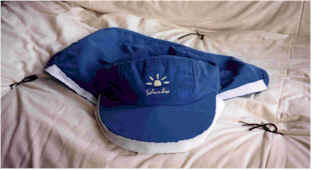
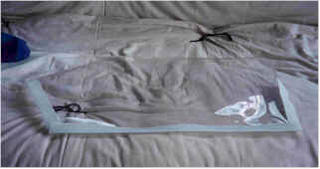
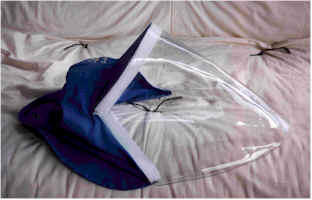
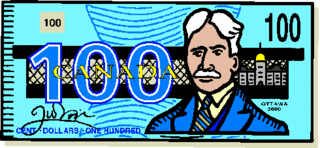

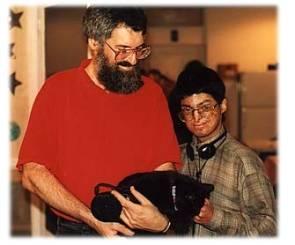
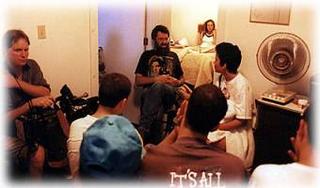


 Jeans for Genes 2006
Jeans for Genes 2006